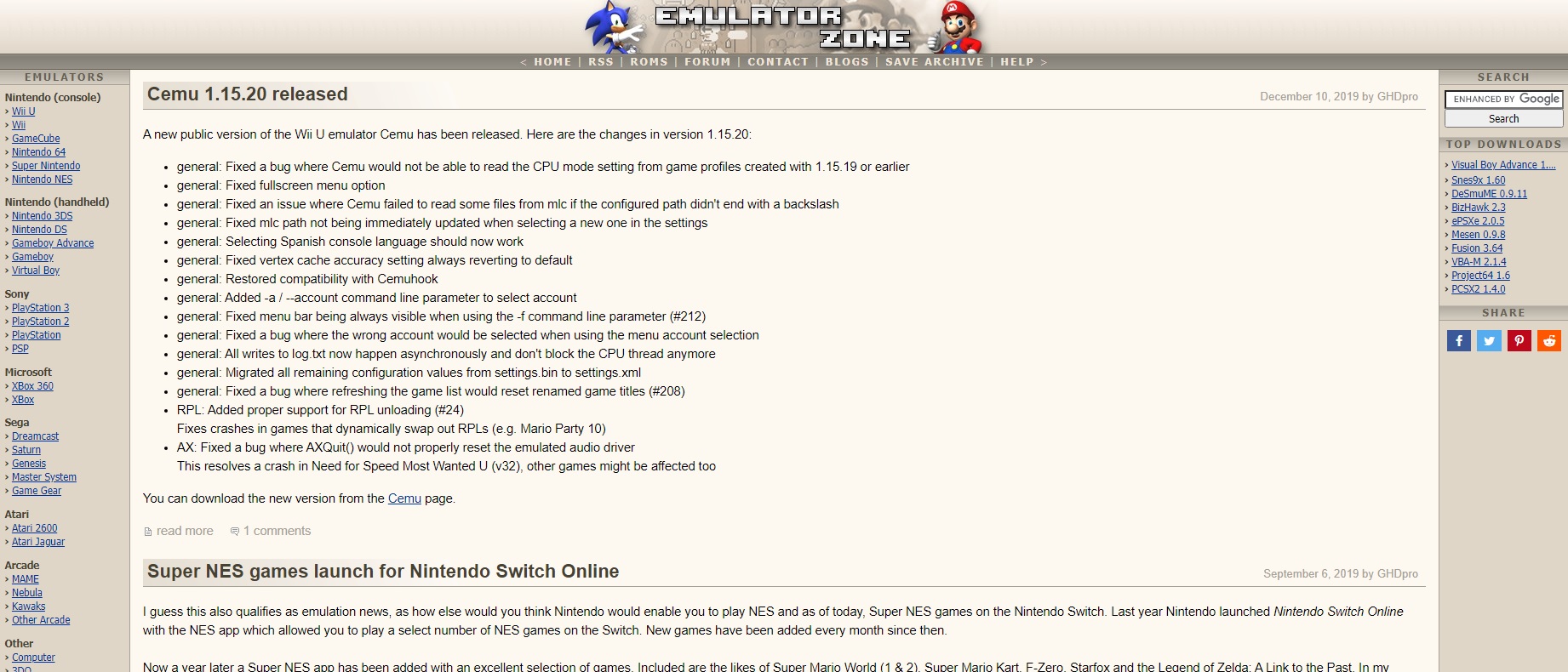
But there had been other consoles that used analog inputs. And before the N64 most games consoles had used d-pads or digital joysticks, which wouldn't need a dead zone. The N64 controller is unique in using a rotary optical encoder most analog controllers and joysticks used potentiometers (variable resistors) instead.

Was the N64 the first console to pull this off? The same could be done with any analog input device. Note also that the existence (and size) of the dead zone is due to the programmer's choices, rather than the hardware of the console itself. If they didn't do this, players would complain that they could never get Mario to stand still! So the designer has to consider a range of small values as being equal to zero, forming a dead-zone. For practical reasons (friction, spring tension, loose-fitting components) the analog stick won't return to exactly the same position every time when released. Note that this imaginary programmer hasn't used the values 1-4. (They might choose different values if the character is in, for example, stealth mode, or carrying a heavy weight.) They might decide that anything beyond 90 (or -90) is sprinting, 60-89 is running, 30-59 is jogging, and 5-29 is walking.
#PROJECT 64 EMULATOR ZONE HOW TO#
The video game programmer would then be free to decide how to relate the scale of -100 to +100 to their character's movements. I don't know exactly how many spokes up/down (or left/right) correspond to the maximum movement of the analog stick, but let's assume that it's 100 each way. You should now understand that the N64 reads the position of the analog stick by counting "spokes" of rotation on the encoder wheels, and keeps track of how many spokes up/down and left/right of the center point it is. (This center point can also be reset to the analog stick's current position without removing the controller: press Start and the L and R shoulder buttons all at the same time.) Your character will now start running forward on their own! This happens because the controller's spring is holding the analog stick further up/forward than where it was when you inserted it (the "center" point).

This isn't due to the spring losing tension, but the plastic components wearing away over time.) The N64 controller doesn't have any special hardware to detect the center position, instead it assumes that the stick is in the center position when the controller is plugged in (or when the console is turned on). (You may be aware that old sticks become "loose". The N64 controller also has a spring to push the stick back to the center position when you release it. By counting the number of interruptions (and noting the direction of movement) a computer mouse can indicate the distance and direction the mouse has been moved, and the N64 controller can indicate how far (and which way) the stick has been moved. (See nfgworld for more pictures of how the pieces connect.) They operate in the same way however: the spokes of the turning wheel block the infrared light from reaching the detector. In the mouse the wheel is mounted directly to the axle, whereas in the N64 controller the axle (pushed by the analog stick) is connected to the encoding wheel via a gear. With the inside of a mechanical mouse (from Wikimedia Commons): Compare this picture of an N64 encoding wheel (from nfgworld): Moving the stick in the X and Y directions rotates one of two optical encoding wheels, which are placed between an infrared LED and detector. The N64 controller's analog stick works in a very similar way to a mechanical (non-optical) computer mouse. It may be worth looking at exactly how Nintendo 64 controllers work in the first place, before addressing this question.


 0 kommentar(er)
0 kommentar(er)
